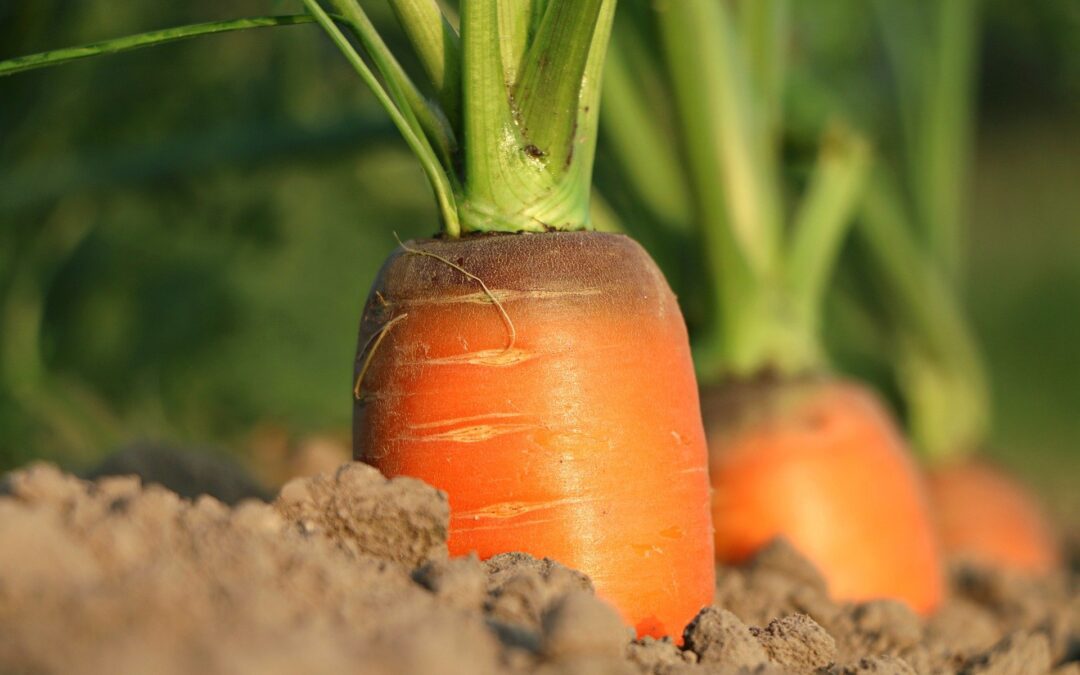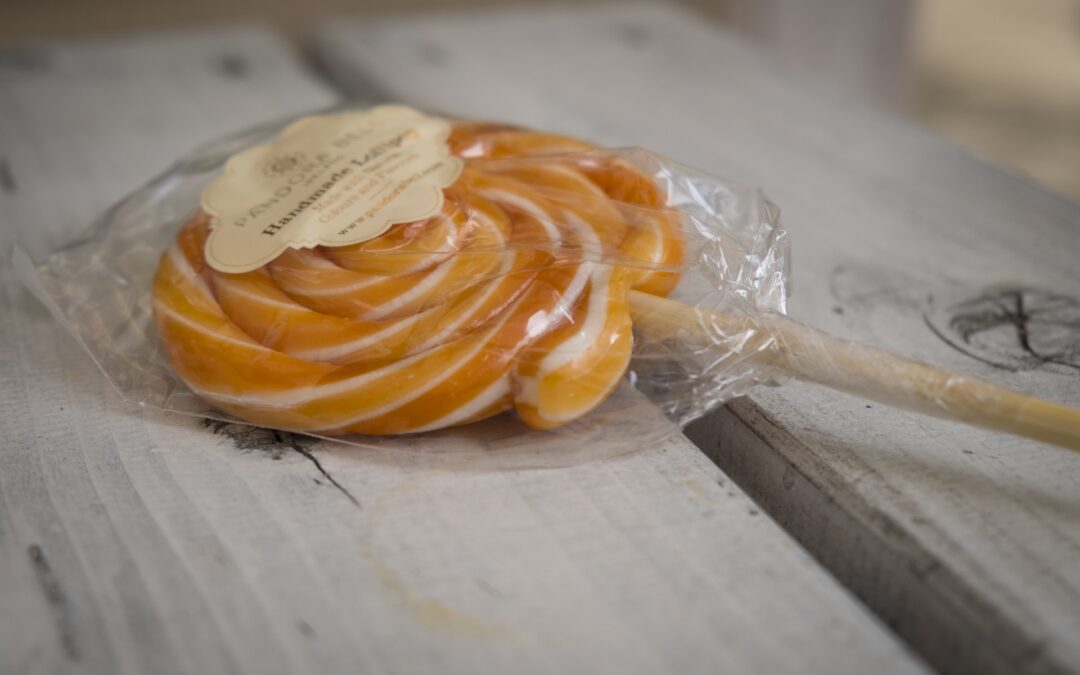Less bread, more nutrients
Eating little or no bread is a thing. It also took me a long time to get rid of that, I found it difficult and a shame. Apparently I had a mild bread addiction. But why do I prefer to eat little/no bread? It’s a filler, not a feeder. It is not very nutritious in terms of substances that the body desperately needs. It is high in carbohydrates and no, carbohydrates do not need to be ignored. But the average Dutch person gets 70% of his daily calories from carbohydrates and eats carbohydrates at every meal time. Carbohydrates are broken down in the body into glucose (sugar) and then absorbed into the bloodstream. This has the effect:
- fluctuating blood sugar levels
- it promotes insulin resistance
- it has a pro-inflammatory effect
- it leaves (too) little caloric space for sufficient proteins, healthy fats and fruit (2 pieces) and vegetables (>400 grams).
Bread, gluten and your intestinal health
Did you know that bread basically consists of water, flour and salt? That’s it! If you have bread at home (with a label with the ingredients), count how many ingredients it contains. You’ll probably end up a lot higher than three ingredients.
Bread contains gluten, they give the bread lightness and elasticity. The gluten-containing grains are wheat, spelt, rye and barley. Gluten consists of a protein structure called gliadin. Gliadin stimulates a substance in our intestines: zonulin. Zonulin is, as it were, the ‘green light’ for the intestinal wall to allow nutrients to pass into the bloodstream. But gluten is anti-nutrient; they should leave our body through the feces. They are therefore wrongly passed through and still enter the bloodstream.
Gluten belongs – together with animal dairy, soy and spinach – to the group of exorphins. Exorphins require the enzyme DPP-IV to be broken down, but DPP-IV is also very important for regeneration of the intestinal wall. If DPP-IV is mainly used for the breakdown of exorphins, your intestinal mucosa will be in poor condition. This becomes increasingly permeable/hyperpermeable (also called leaky gut) and inflammation may occur.
Exorphins have a morphine-like effect at the neuronal/mental level. That’s why a cheese sandwich (gluten + dairy) feels like comfort food. It has a short-term pain-relieving and stress-reducing effect. If we continuously disrupt this system with exorphins, we get a disturbed response to natural stimuli for stress, reward, relaxation and rest. Gluten therefore also has an extra sensitive effect in people with a predisposition to autistic characteristics or ADHD.
The effect of lectins in grains
I often get a bemused facial expression in response when I suggest that it might be useful to cut down on/avoid bread. And I really understand that! If you are convinced that it is a good idea, then it is also useful to receive some inspiration about alternatives to a bread meal. For me personally, it has worked well to reduce bread first. I started eating one less sandwich per meal and eating something nutritious instead. For example, a (boiled) egg, a bowl of well-filled soup, a handful of unroasted/unsalted nuts, a salad or snack vegetables and cubes of chicken fillet.let.
The focus slowly shifted to other food instead of the ‘bread’ meal. Until a certain point I regularly left out bread completely. Then I would eat, for example, coconut chia pudding or overnight oats, banana pancakes, meatloaf, a farmer’s omelette or seed crackers / nut bread with butter and savory toppings (meat, fish, avocado, egg salad, hummus) or a leftover from yesterday’s meal. Sounds delicious, right? And many of these recipes can be prepared well in advance. So no time is no excuse!
Smart choices
Will I never eat a sandwich again? Yes, but on average I now only eat bread once a week, instead of twice a day. And then I usually choose gluten-free sourdough bread or crackers. Like Yam brand gluten-free sourdough bread (and no, I don’t get paid to say that, I just have your best interests at heart). That is really a different cake, er, bread, than a wheat yeast bread. TIP: make a toasted sandwich or cut it into cubes and add it to your soup like croutons.
Oh yes, and for those who now think that you really can’t miss bread because of the fibers? Then I can tell you that a whole wheat sandwich (35 grams) contains 2.3 grams of fiber and the same amount of chia seeds no less than 12 grams! With good intestinal health, I recommend that you eat 20-30 grams of fiber (preferably from, for example, lots of vegetables, seeds and 2 pieces of fruit) per day. So that argument has been tackled here.
Limit bread? Think of iodine
In the past, thyroid problems caused by a lack of iodine in the diet have been ‘resolved’ by adding iodine to bread. The so-called baker’s salt, also called bread salt. These laws and regulations have changed again, meaning that bread now contains less iodine. If you eat little or no bread, an iodine deficiency is lurking. Yet that is no reason to eat bread, but it is a reason to eat kelp and seaweeds. That is purely natural and rich in iodine. Eat the source! Take 150mcg of iodine daily. During pregnancy this is more, namely 225 mcg.
If you’ve made it this far to read this blog, then you might like more of this kind of information about nutrition and health. Follow me on Instagram or subscribe to my newsletter. Please share this information with others, the more people who learn about the relationship between nutrition and health, the better!
Love, Karen





